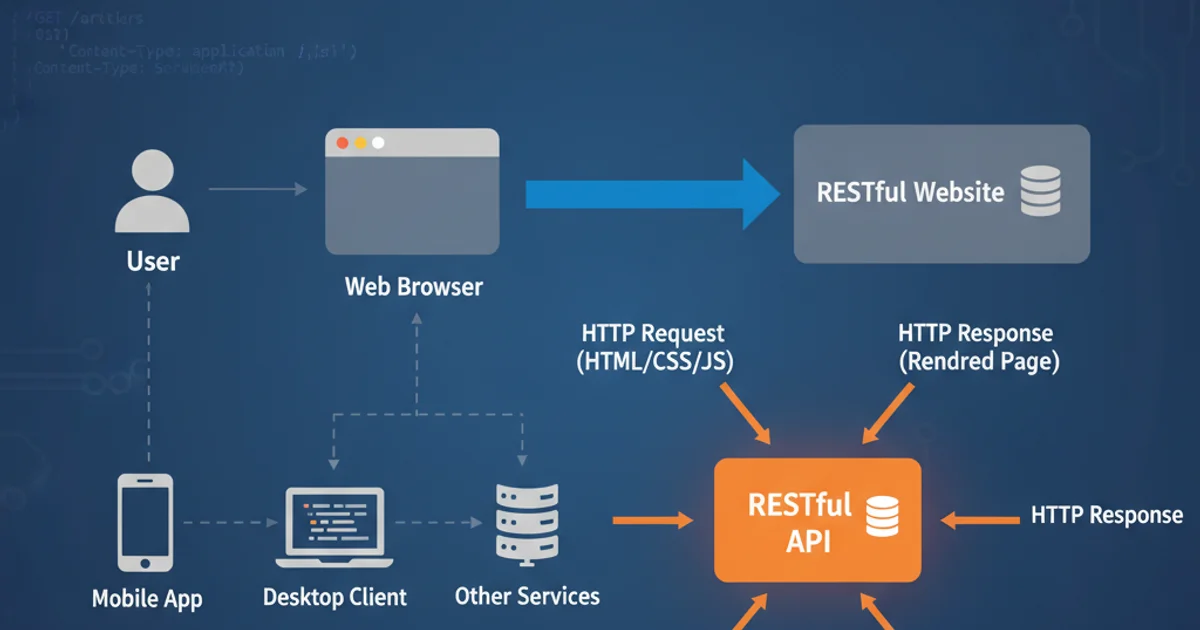What's the opposite of a nbsp?
Categories:
Understanding the 'Opposite' of a Non-Breaking Space (nbsp)

Explore the concept of a non-breaking space (nbsp) and its functional 'opposites' in HTML and CSS, focusing on characters and properties that enforce or prevent line breaks.
The non-breaking space ( or  ) is a fundamental HTML entity used to prevent an automatic line break at its position. It also renders as a visible space character. While there isn't a single, direct 'opposite' character that forces a line break and acts as a space, understanding the various ways to control line breaks is crucial for precise text layout. This article delves into characters and CSS properties that serve as functional 'opposites' by either explicitly breaking lines or allowing them where would prevent them.
Explicit Line Breaks: The <br> Tag and Newline Characters
The most direct way to force a line break in HTML is using the <br> tag. This is not a character but an HTML element that explicitly inserts a line break. In plain text contexts (like within <pre> tags or text areas), the newline character (\n or ) serves the same purpose. These are the closest functional 'opposites' to in terms of their primary effect on line flow, as they guarantee a break rather than preventing one.
<p>This is a line of text.<br>This is a new line.</p>
<pre>This is a line of text.
This is a new line.</pre>
Using <br> for explicit line breaks in HTML and \n in <pre>.
Zero-Width Space (ZWSP) and Word Break Opportunities
A more subtle 'opposite' to is the Zero-Width Space (ZWSP), represented by ​. Unlike , which prevents a break and adds width, ZWSP adds no width but allows a line break. It's useful for long words or URLs where you want to permit a break without introducing a visible space. This character explicitly marks a potential break point, which is the inverse behavior of .
flowchart TD
A[" (Non-Breaking Space)"] --> B{"Prevents Line Break"}
B --> C["Adds Visible Space"]
X["​ (Zero-Width Space)"] --> Y{"Allows Line Break"}
Y --> Z["Adds No Visible Space"]
B -- "Functional Opposite" --> YComparison of and Zero-Width Space (ZWSP) functionality.
<p style="width: 100px; border: 1px solid black;">ThisIsAVeryLongWordThatShouldBreakButDoesNot</p>
<p style="width: 100px; border: 1px solid black;">ThisIsAVeryLong​WordThat​ShouldBreak​ButDoes​Now</p>
Demonstrating ZWSP to allow line breaks within long words.
CSS Properties for Line Break Control
Beyond characters, CSS offers powerful properties to control line breaking behavior, which can be considered 'opposites' to the implicit behavior enforces. Properties like word-break and white-space allow you to dictate how text wraps. For instance, word-break: break-all; forces breaks at any character if needed, directly contrasting 's non-breaking nature. Similarly, white-space: normal; allows normal wrapping, which is the default behavior that overrides.
/* Allows breaking within words to prevent overflow */
.break-all {
word-break: break-all;
}
/* Allows normal white-space collapsing and wrapping */
.normal-wrap {
white-space: normal;
}
/* Prevents wrapping, similar to many */
.no-wrap {
white-space: nowrap;
}
CSS properties influencing line breaking behavior.
word-break: break-all; or inserting ​ at logical break points instead of relying solely on overflow-wrap: break-word; for more precise control. is often used for spacing, CSS padding, margin, or gap properties are generally preferred for layout spacing, as they offer more semantic and flexible control over visual presentation.